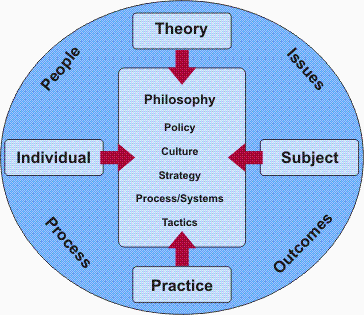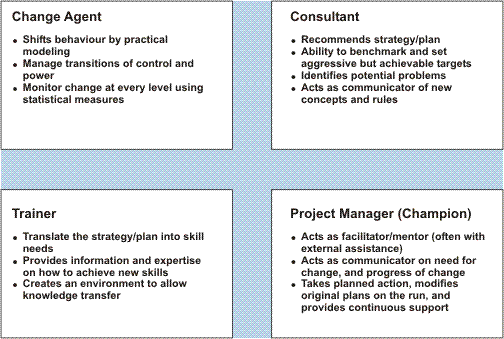Bringing About Change
To achieve a high degree of ownership and to bring about a substantial and irrevocable change in the organization, a "How you can do it" approach should be used rather than a "Here is what to do".

The change process usually involves:
-
Overload
-
Too many new ideas
-
Confusion
-
Too many conflicts with old assumptions
-
Fear and Frustration
-
See the need to actively restructure and revalue old habits of thinking, feeling and behaving
-
Excitement
-
New options become visible
-
Interest
-
New successes begin to accumulate
-
Pleasure
-
New skills become new habits with new rewards.
The process involves:
-
Communicate objectives
-
Explain why
-
Ask for input on the barriers to implementation
-
Classify barriers into engineering/ logistics/ people/ accountability.
-
Set up project team with workforce members and/or pilot group
-
Set objectives
-
Set timescales
-
Appoint project manager
-
Make sure there is a project champion
-
Explain "what" (i.e. concept, procedures, methodology etc).
-
Be seen to be tackling barriers
-
Training program explaining "what" will not achieve anything on its own
-
Use facilitator/mentor (champion) to lead project team/pilot group through a "how to do it" exercise
-
Workshop exercise over 3 to 5 meetings
-
Workshop members formulate a plan
-
Use "change tools" at each meeting
-
Have support available for implementation.

The “Change Agent” role is the one least understood or acted on by organizations. This person takes individuals and groups through the six phases of change and shows them how to adapt to change. A statistical approach gives a quantitative measure of the degree of change achieved.